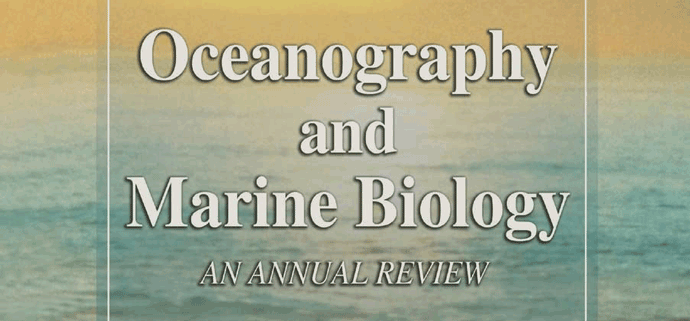Progress and Direction in the Use of Stable Isotopes to Understand Complex Coral Reef Ecosystems: A Review
C. Skinner1, M.R.D. Cobain2,3, Y. Zhu2,4, A.S.J. Wyatt1, N.V.C. Polunin2
1Department of Ocean Science and Hong Kong Branch of the Southern Marine Science and Engineering Guangdong Laboratory (Guangzhou), The Hong Kong University of Science and Technology, Clear Water Bay, Kowloon, Hong Kong. 2School of Natural and Environmental Sciences, Newcastle University, Newcastle upon Tyne, NE1 7RU, UK. 3School of Natural Sciences, Trinity College Dublin, The University of Dublin, Dublin 2, Ireland. 4Institute of Marine Research, NO-5005 Bergen, Norway.
Coral reef ecosystems are exceptionally complex with a myriad of trophic pathways and consumer relationships. The application of stable isotopes (SIs) offers numerous advantages over traditional methods towards understanding these intricate systems. We summarise current knowledge derived from the rapidly increasing SI literature base and identify potential gaps and future directions for the use of SIs in coral reef ecosystem studies. Using topic modelling, a form of text mining, on 236 identified published works, we determined that SI research on coral reefs broadly falls into five major topics. (1) Organic matter dynamics: SI analyses (SIA) have quantified substantial variability in autochthonous (internal) and allochthonous (external) fluxes across coral reefs. (2) Holobiont metabolism: Coral nutrient acquisition, translocation and partitioning, and coral responses to various endogenous and exogenous factors have been explored through SIA. (3) Trophic niches: SIA has indicated that considerable variation in resource use facilitates co-occurrence of high densities of consumers, emphasising that many trophic categorisations on reefs are often too simplistic. (4) Fish diet variation and habitat connectivity: SIA has revealed how ontogenetic, larval and mobile predator movements link adjacent ecosystems. (5) Environmental drivers (both natural and anthropogenic): SIA can track anthropogenic nutrient inputs, revealing impacts of human-derived pollutants on reef systems. There are a number of important knowledge gaps, however. Few studies compare feeding strategies across guilds, and the literature is biased towards reef fish and hard corals. Furthermore, few studies examine multiple taxonomic groups in situ or consider multiple environmental drivers. Studies also tend to ignore the underlying, but potentially substantial, spatiotemporal variation in SI baselines as demonstrated from 741 mean SI values extracted from the literature, making inferences based on small variations in SI values problematic. Given that coral reefs face global decline, knowledge gaps need to be addressed while acknowledging the limitations of SIA; careful application of SIs can enhance the understanding of processes driving environmental change in these iconic marine ecosystems.

